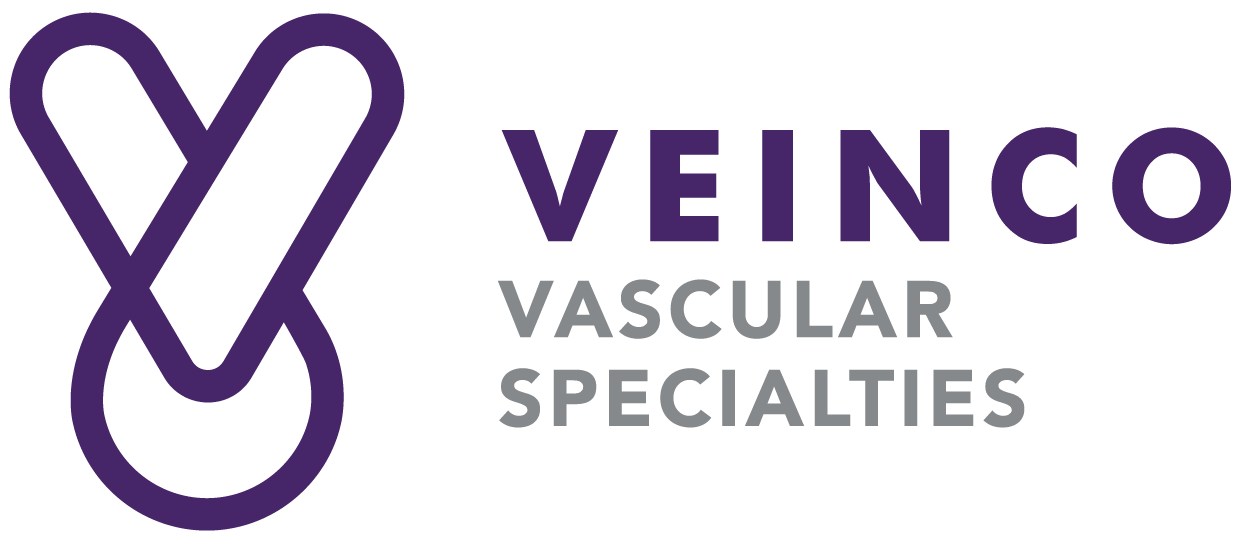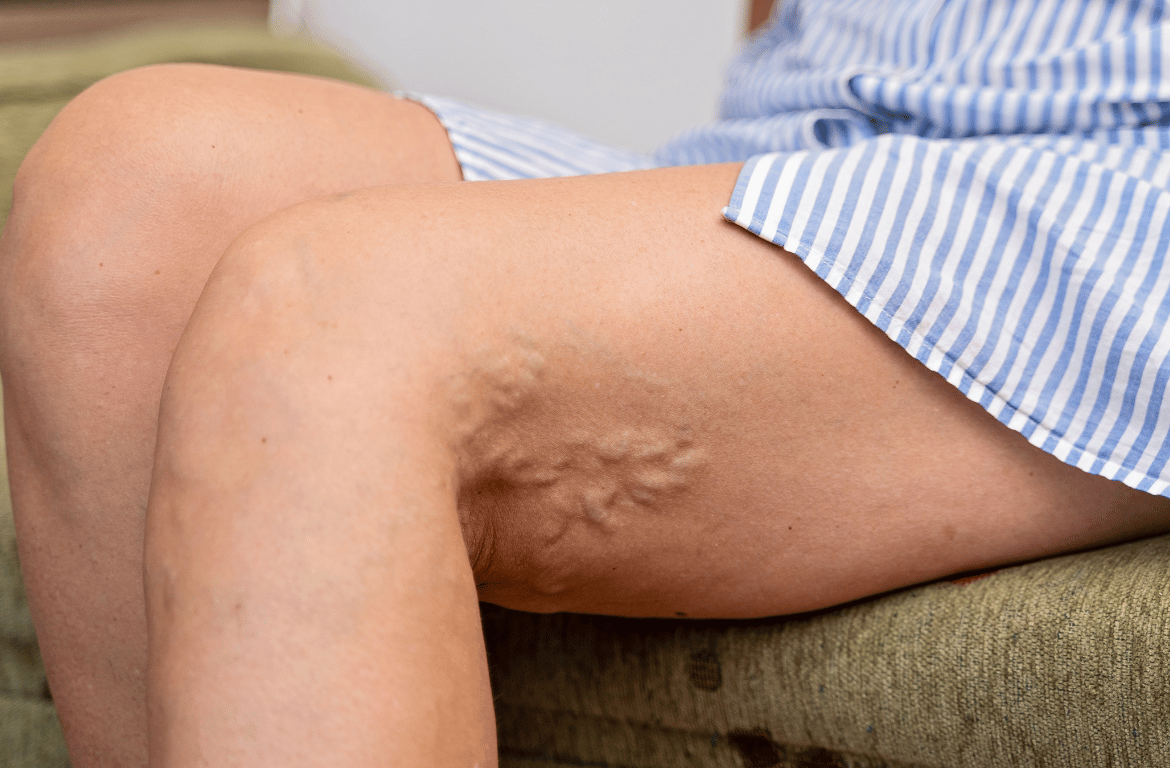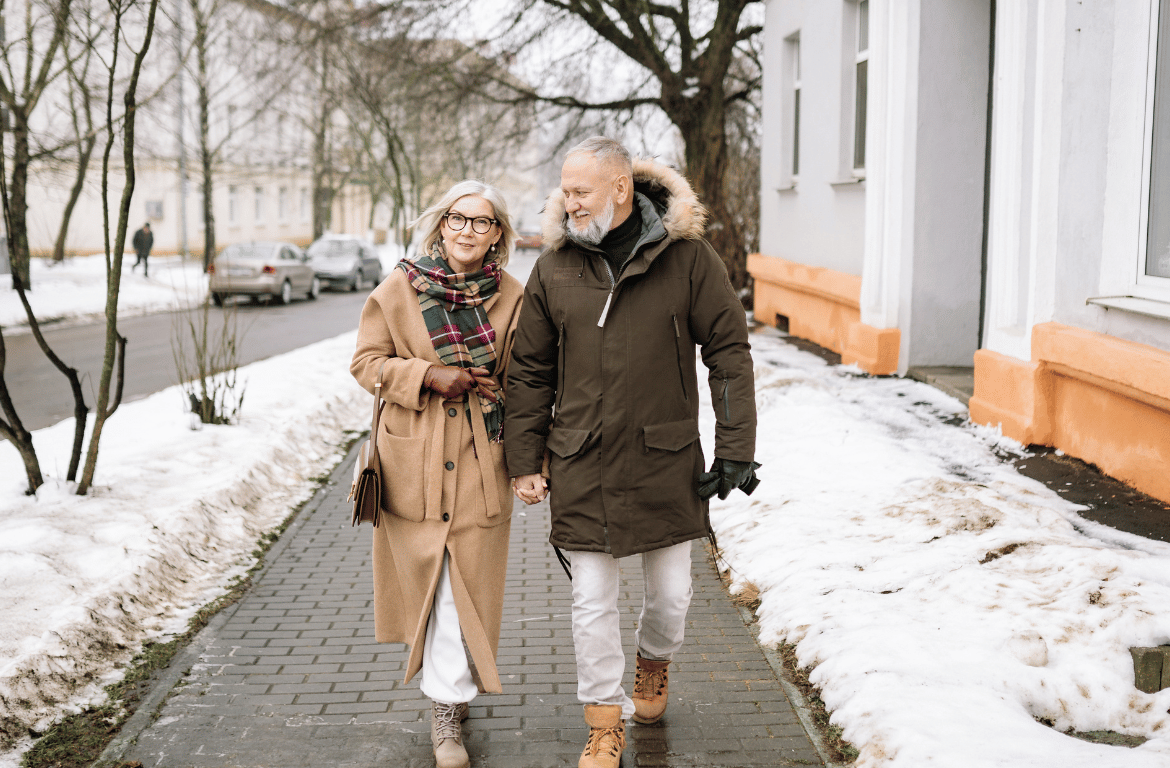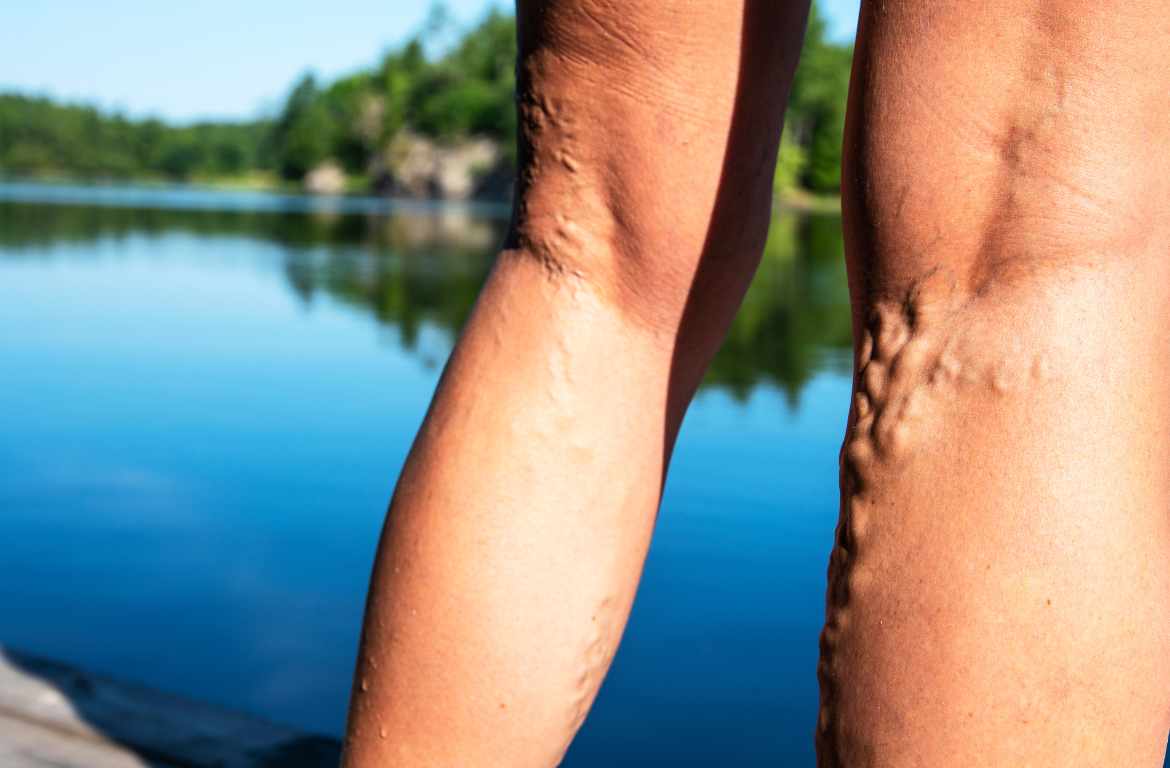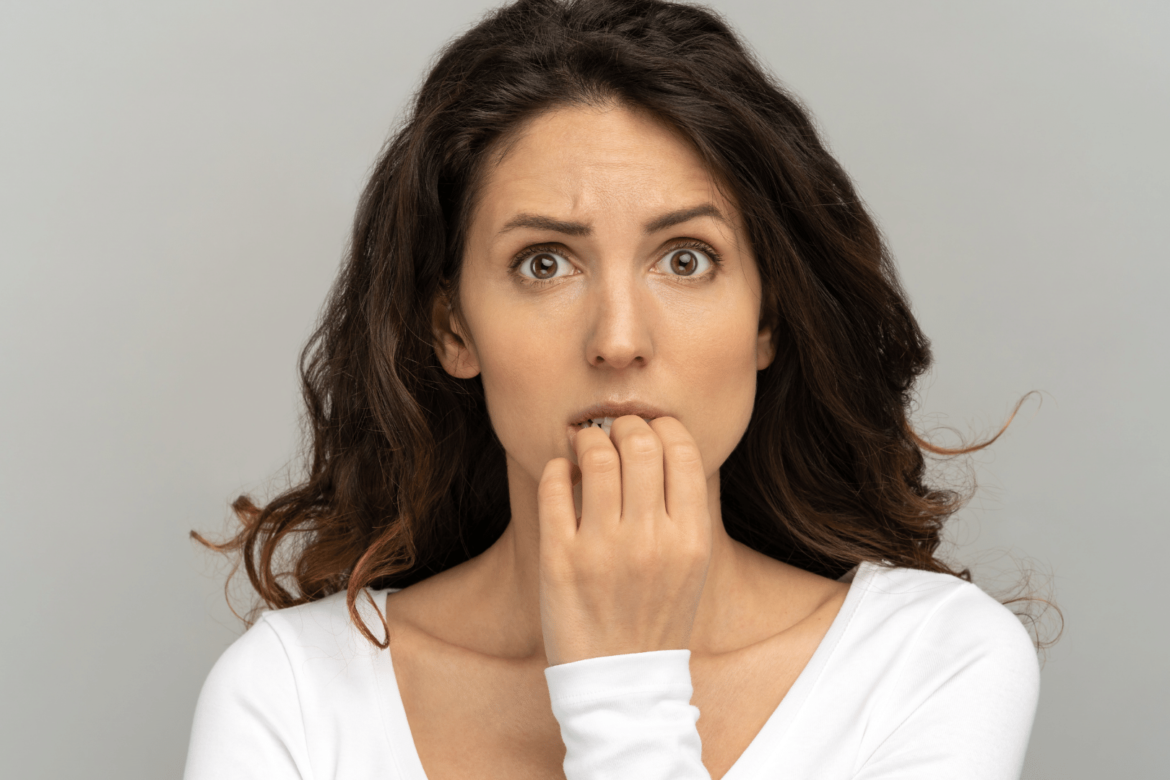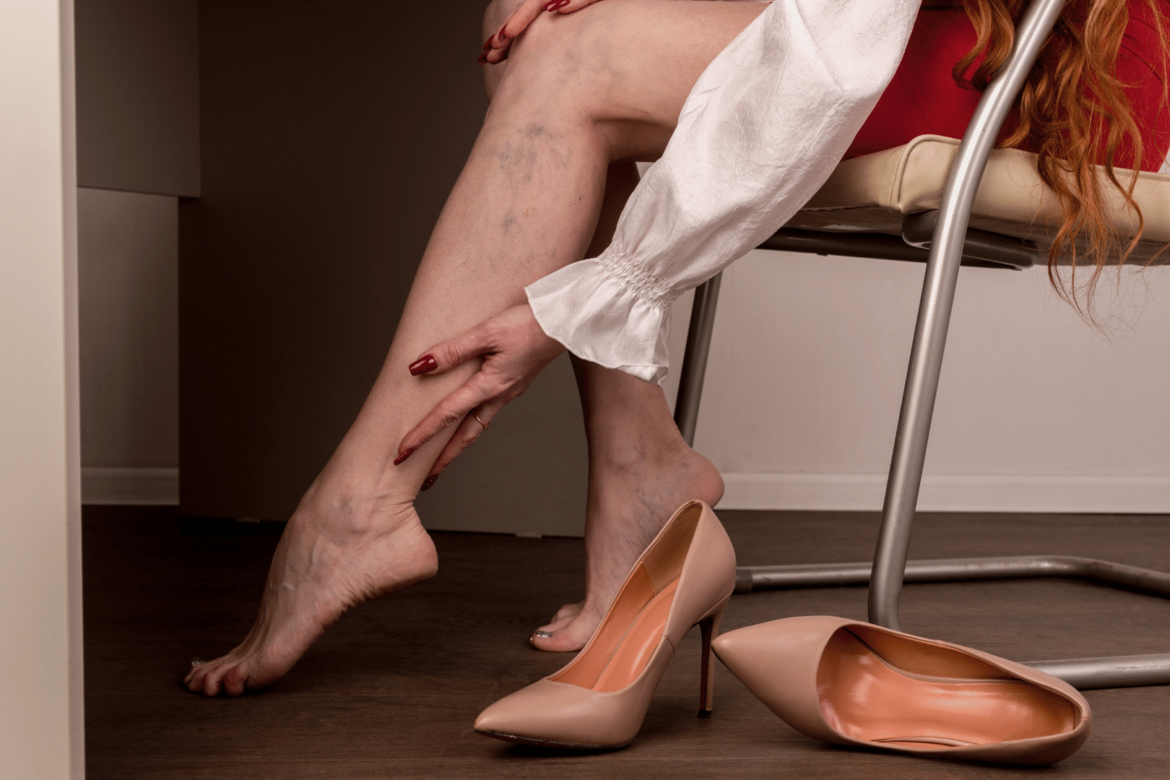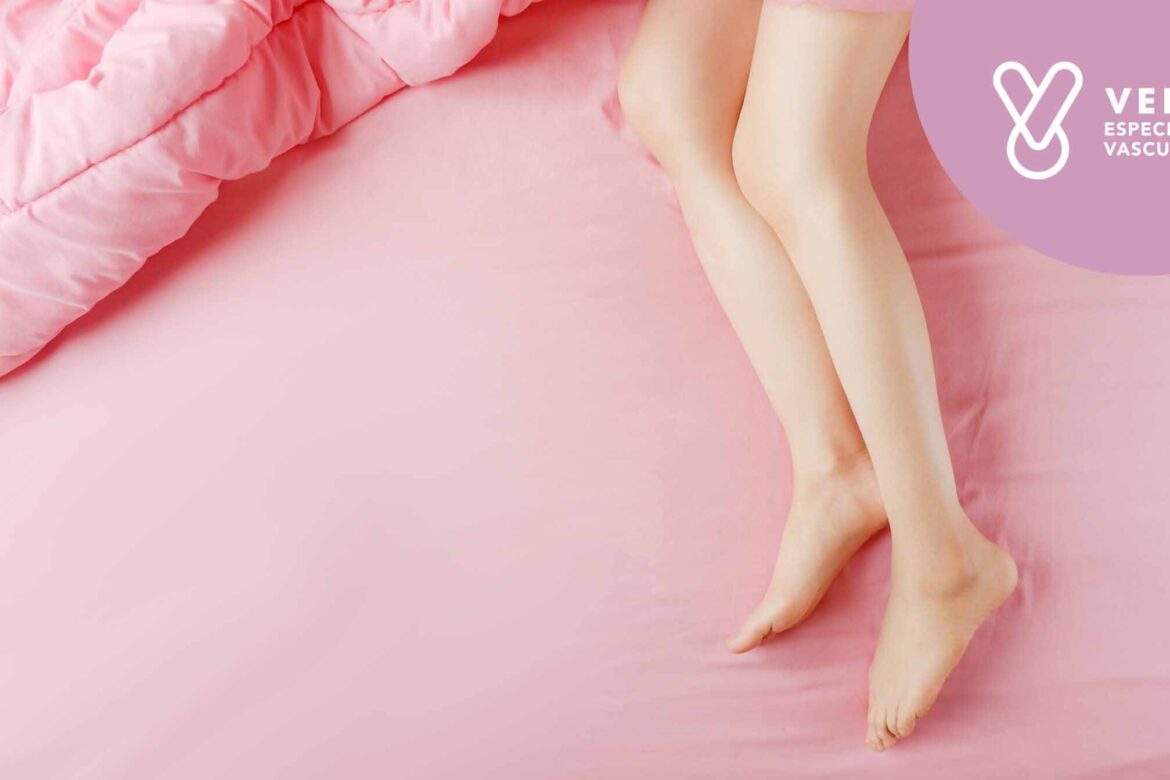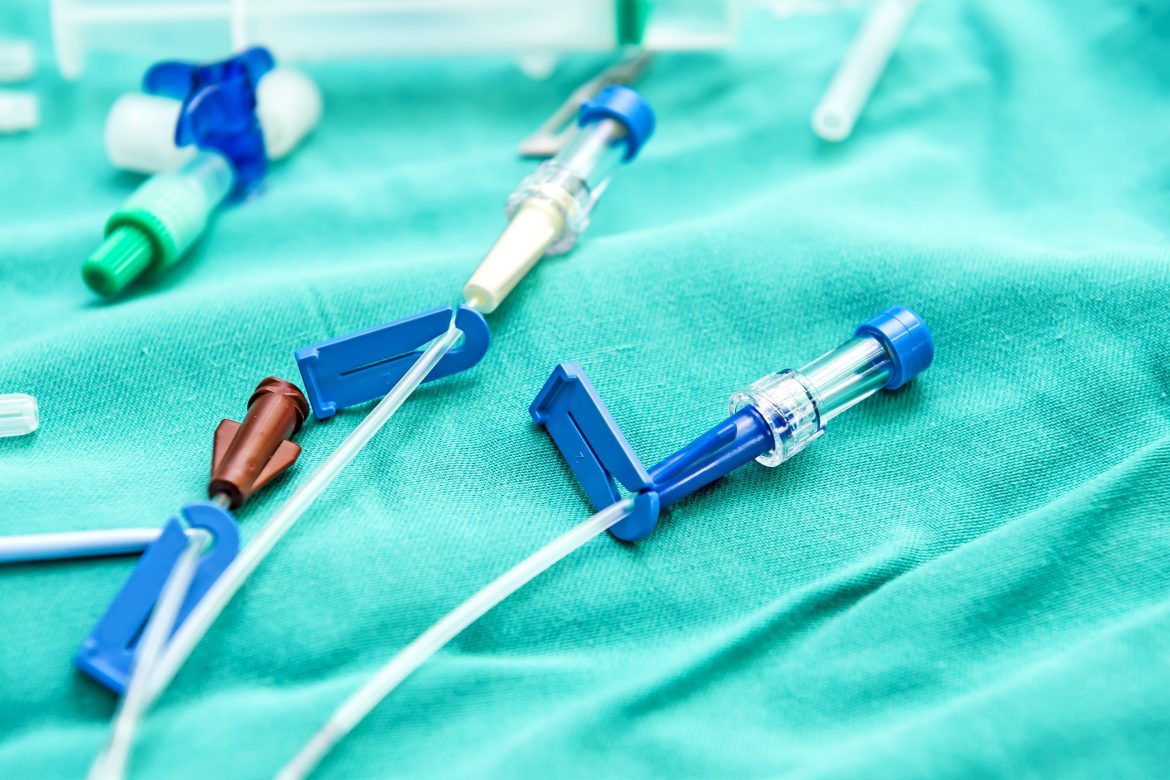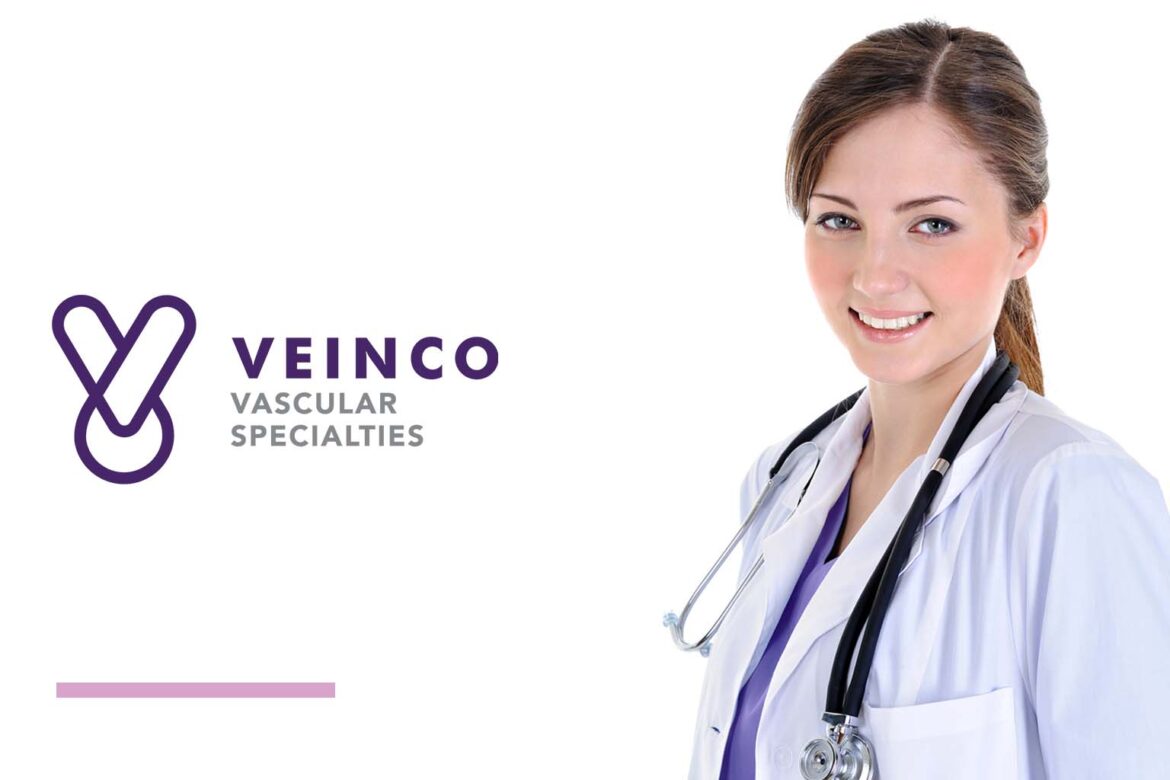Have you noticed subtle blue or reddish lines on your legs? For many, this may seem unimportant, but if you want to maintain beautiful, healthy, and strong legs, you need to give them immediate attention. Those little lines could turn into bulging veins in the legs. Therefore, it will be helpful to know the causes and preventive measures, whether you are at an early or even advanced stage.
Bulging veins in legs: Why do they occur?
Our circulatory system is made up of arteries and valves through which blood flows. But the veins closer to the surface of the skin are more likely to become varicose. Varicose veins are the effect of a disease called venous insufficiency. These are distinguished by increased thickness, twisting, and color changes.
Why in the legs? Unfortunately, this problem is centralized in the legs because when we sit there is increased pressure in the veins of the lower body. This extra pressure happens because when transporting blood through the body, the legs work against gravity, so it is an extra effort to send blood to the heart. When a vein or blood vessel is damaged, this transportation process is affected as blood can back up or accumulate, thus causing the vein to dilate or even form blood clots.
Bulging veins in legs begin as an aesthetic problem when they present in their early stages as tiny reddish spiders. However, over time some signs of the progression of this disease can be shown in different ways. Some of these symptoms include:
- Pain
- Numbness
- Heaviness and burning
- Swelling
- Cramps
- Color change from violet to dark blue
- Limit your mobility
- Ulcers
- Bleeding
Who is at higher risk of developing bulging veins in the legs?
It is often thought that bulging veins in the legs are only an issue for the elderly. But to the surprise of many, we can start developing these tiny spider veins at a very young age. Here are some factors that can trigger venous problems:
- Gender. Statistics show that a more significant number of women suffer from problems with the veins in their legs. And the reason for this is that female hormones change with life, which can affect the thickness of the vein walls; for example, during menopause or even treatments such as birth control pills affect women’s hormones.
- Pregnancy. When pregnant, women undergo significant changes in their bodies. In addition to gaining weight, the body’s blood volume increases, as this helps the baby develop correctly. However, as a side effect, leg veins may enlarge and not be the same after pregnancy.
- Family history. Many diseases are closely related to our genetic tendency. For this reason, if there is a medical history in your family with a strong tendency to develop varicose veins, the chances of you suffering from them are high, so it is necessary to take extreme precautionary measures.
- Excess weight. The legs are the base that supports the weight of our entire body and receives a significant impact on the movements. Therefore, when there is weight gain or even obesity, additional pressure is put on the veins. This extra pressure can damage the veins and valves, increasing the risk of developing symptoms.
- Sedentariness. A sedentary lifestyle is one of the biggest enemies of our legs’ health. When we remain in the same position for an extended time, either standing or sitting, it prevents blood from circulating strongly. Sadly this is part of our daily routine; for example spend many hours driving a car or in public transportation to work, sitting at work, or simply in front of a television.
- Smoke. Active tobacco use also directly affects the lining of the venous walls. So, it is a factor that can cause cardiovascular problems, high blood pressure, and, of course, damage the functioning of the valves of the veins.
- Intense exercise. Surely you have noticed that when someone lifts weight, their veins are visible on their arms, hands, and legs. This is because intense exercise increases blood flow at the same time that muscle develops. So, the veins are usually more visible.
While it is true that exercise is beneficial, it must be oriented so that it is not counterproductive. - Age. The effects of age and aging impact the exterior and inside of the body, including our circulatory system. Such wear and tear and decreased mobility can cause blood flow to not be strong enough to return blood to the heart.
What care can help you avoid bulging veins?
Do you have any early symptoms of varicose veins? Before the bulging veins in the legs begin to be noticed, you should remember that the best way to combat them is through prevention and timely treatments. In addition to making small changes in your routine that help improve blood circulation. Here are some precautions you can take to prevent varicose veins and prevent venous insufficiency from progressing to other stages:
✔ Avoid tight socks and wear loose-fitting clothing, especially at waist height.
✔ Change your position at least every 30 minutes, either sitting or standing.
✔ Maintain a diet low in salt and calories. This type of diet prevents the development of fat in the venous walls.
✔ Stay active, practice sports, or do exercise as a regular part of your day-to-day life.
✔ Strive for a healthy weight.
✔ Elevate your legs above the waist several times a day.
✔ Avoid tobacco use.
✔ Use specialized compression stockings.
Reach out to the best specialists and get treatment for healthy veins
When is it necessary to go to a specialist to treat varicose veins? Although you may have mild or even no symptoms in its early stages, it is advisable not to wait for them to progress and require surgery. Through innovative minimally invasive treatments such as radiofrequency, laser or medical-grade glue, you can recover the appearance of your veins and keep them healthy.
Monterrey, Nuevo Leon, Mexico, is one of the most popular and safest medical tourism destinations because you can find vein specialists with extensive experience treating varicose veins effectively. Contact us now at (888) 568-3409 or email hello@veinco.com.mx and get an accurate diagnosis and modern and safe alternatives to treat bulging veins in your legs effectively. As a result, you will enjoy your life to the fullest while you show off your stunning healthy legs!
